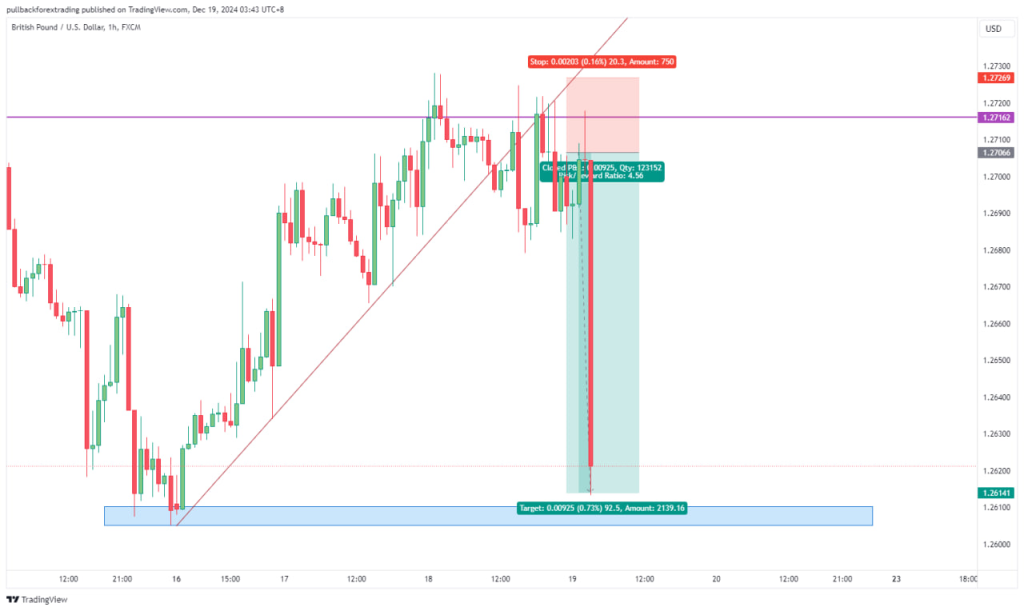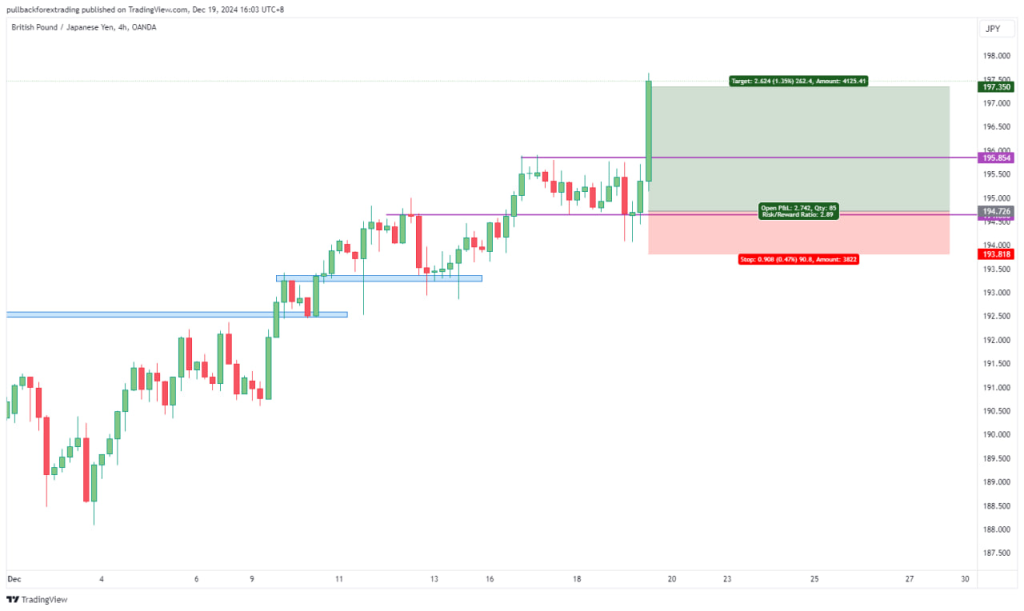
Trading as a Business: Building Success with High-Quality Setups
Trading in the Forex or stock market isn’t just a game of chance; it’s a disciplined craft that, when approached as a business, can yield consistent and meaningful results. To succeed, traders must treat every decision like an entrepreneur would—balancing risk and reward, focusing on quality opportunities, and steering clear of reckless choices.
In this article, we will focusing on building good mindset towards trading and make it as business instead of just entry and exit the market.
High-Quality Setups = Good Business
In the trading world, high-quality setups are the equivalent of sound business investments. These are trades where the odds are stacked in your favor, thanks to thorough analysis and strategic planning. A good quality setup should have:
- Minimal Risk: A tight stop-loss, such as 20 pips, keeps potential losses small. By risking only 1% of your capital per trade, you ensure that no single loss can severely impact your account.
- Maximum Reward: A well-planned trade aims for a significant reward, ideally 2-3 times the risk. For instance, risking 20 pips to gain 60 is a smart move that ensures profitability over time.
- Strategic Timing: High-quality setups often come from waiting patiently for the right market conditions. Rushing into trades is like a business investing in a poor-quality product or service—it’s bound to backfire.
Low-Quality or High-Risk Setups = Bad Business
Just as bad decisions can ruin a business, low-quality or high-risk trades can deplete your trading capital. These setups often come with wide stop-losses, poor entry points, or no clear plan. Here’s why they’re a recipe for failure:
- Uncontrolled Losses: High-risk setups expose your account to significant losses, often leading to emotional trading and a downward spiral.
- Inconsistent Results: Taking trades without proper analysis leads to erratic outcomes, much like a business with no strategy.
- Unnecessary Stress: Trading is already a mentally taxing endeavor. Bad setups add unnecessary pressure, reducing your ability to think clearly and execute effectively.
Example of good business in trading
In trading, when you are trading a setup in low risk and high return profit, that’s a good business. But if you are trading huge stoploss with small target profit, that’s not good business.
To put an example, I take some screenshot based on our forex telegram signals;


From two example above, we can see how much risk we put and gain we get if the business is success. That is how to apply the business mindset into real life trading. At every setup we trade, we must prioritize the good setup which is minimum risk or small stoploss and high profit target!
Only this way you can guaranteed your long term success and sustainable even though facing so many losing streak in trading. With only few success trade, you can cover so many losses trade and at the same time, you make profit.
Why Treat Trading as a Business?
Successful businesses don’t rely on luck; they thrive on systems, discipline, and a focus on sustainable growth. Trading is no different. By running your trading activities like a business, you:
- Manage Risk Like an Entrepreneur: Businesses control costs to protect profits. Similarly, you should define your stop-loss and position size to limit risks.
- Focus on Long-Term Growth: The goal isn’t to win every trade but to remain profitable over months and years.
- Refine Your Process: Just as businesses analyze performance to improve, traders should continuously review and optimize their strategies.
Key Takeaways for Trading as a Business
- Plan Every Trade: Enter the market only when you have a clear strategy that aligns with your risk-reward criteria.
- Stay Disciplined: Avoid impulsive trades. Patience is your greatest asset.
- Think in Percentages, Not Dollars: Professional traders measure success in percentages of their account to maintain objectivity and control emotions.
- Record and Review: Keep a trading journal to analyze what works and what doesn’t, ensuring continuous improvement.
Conclusion
Approaching trading as a business changes everything. It’s no longer about chasing quick profits but about building a sustainable and disciplined process. High-quality setups are the cornerstone of this strategy, offering minimal risk and maximum reward. By avoiding low-quality trades and focusing on the long-term, you’ll cultivate a trading practice that thrives like any successful business.
So, the next time you’re about to take a trade, ask yourself: Is this a good business decision?



